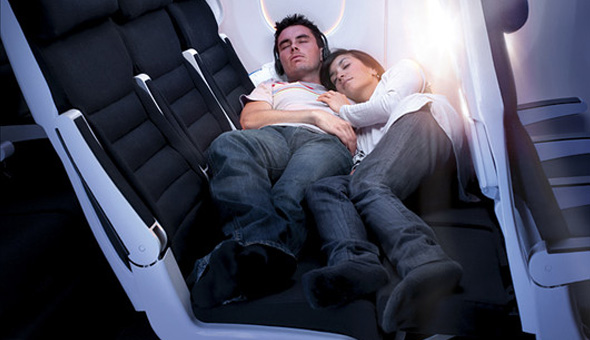Take it easy, Don Henley
Submitted by brad on Tue, 2011-08-23 12:35Yesterday, Don Henley (of the Eagles) penned an editorial in USA Today supporting the Protect IP Act (PIPA) which has serious free speech implications and turns web sites into copyright police. Don called out both the EFF (of which I am a Director) and Google (which is a consulting client of mine) so I have this whimsical response for him:







